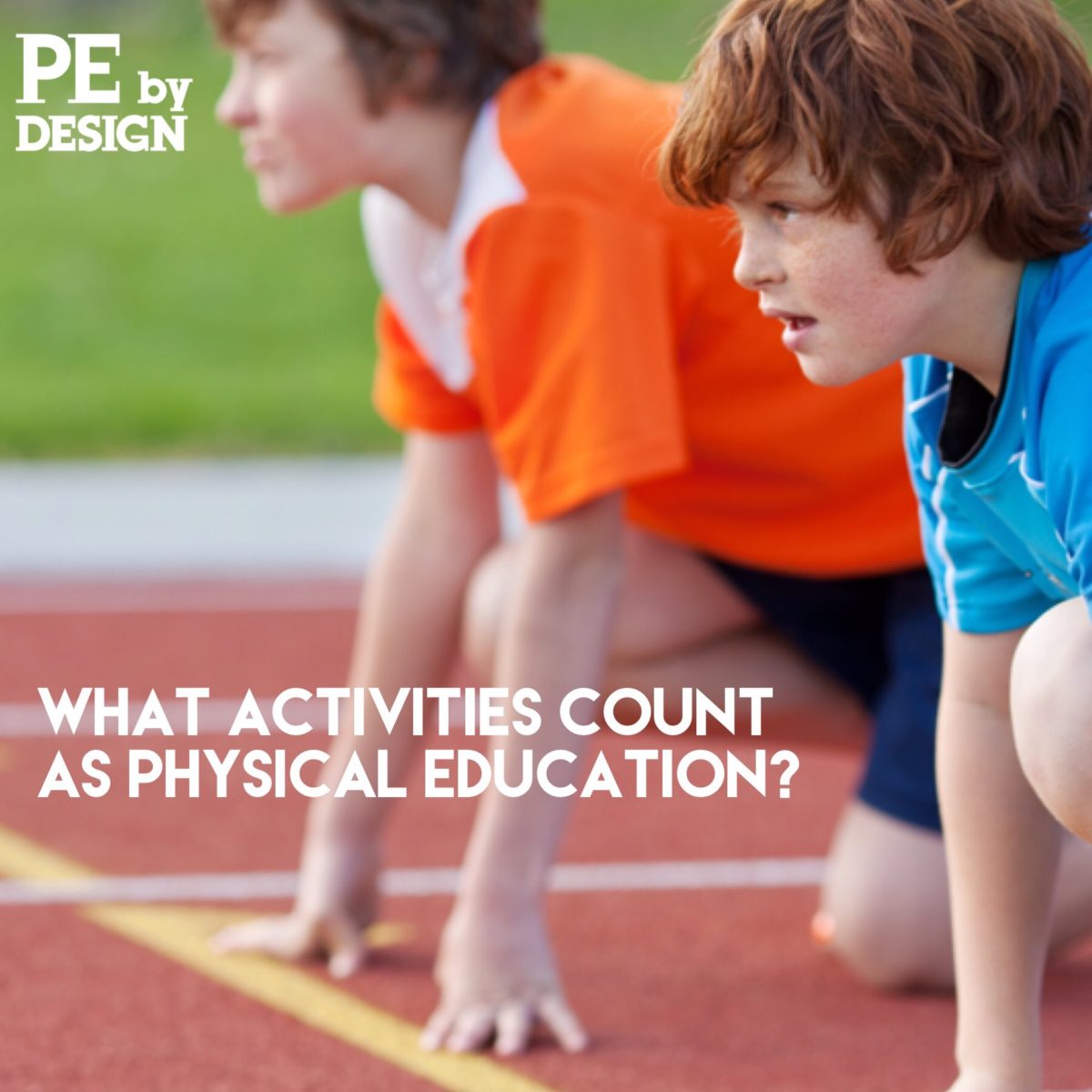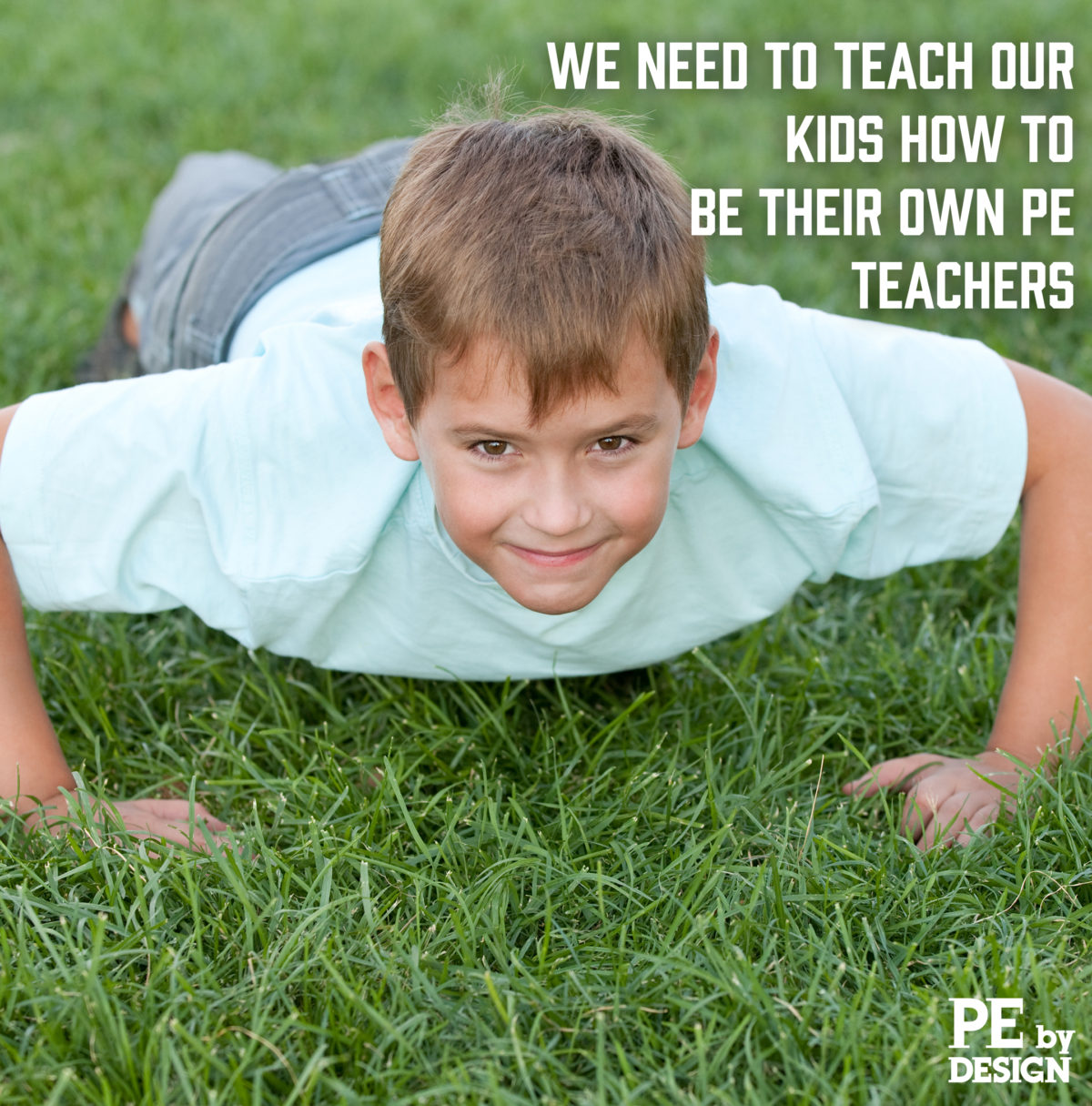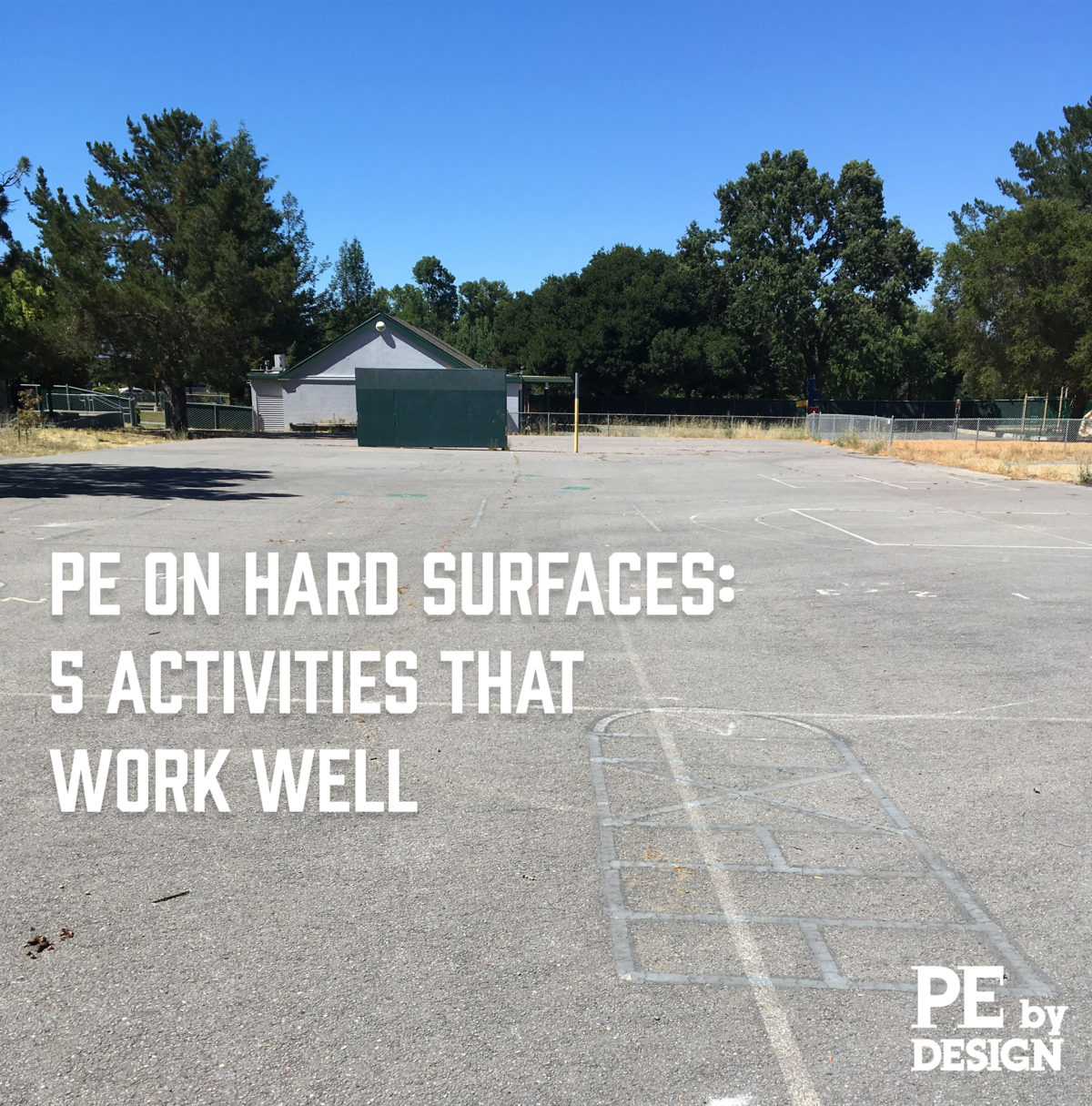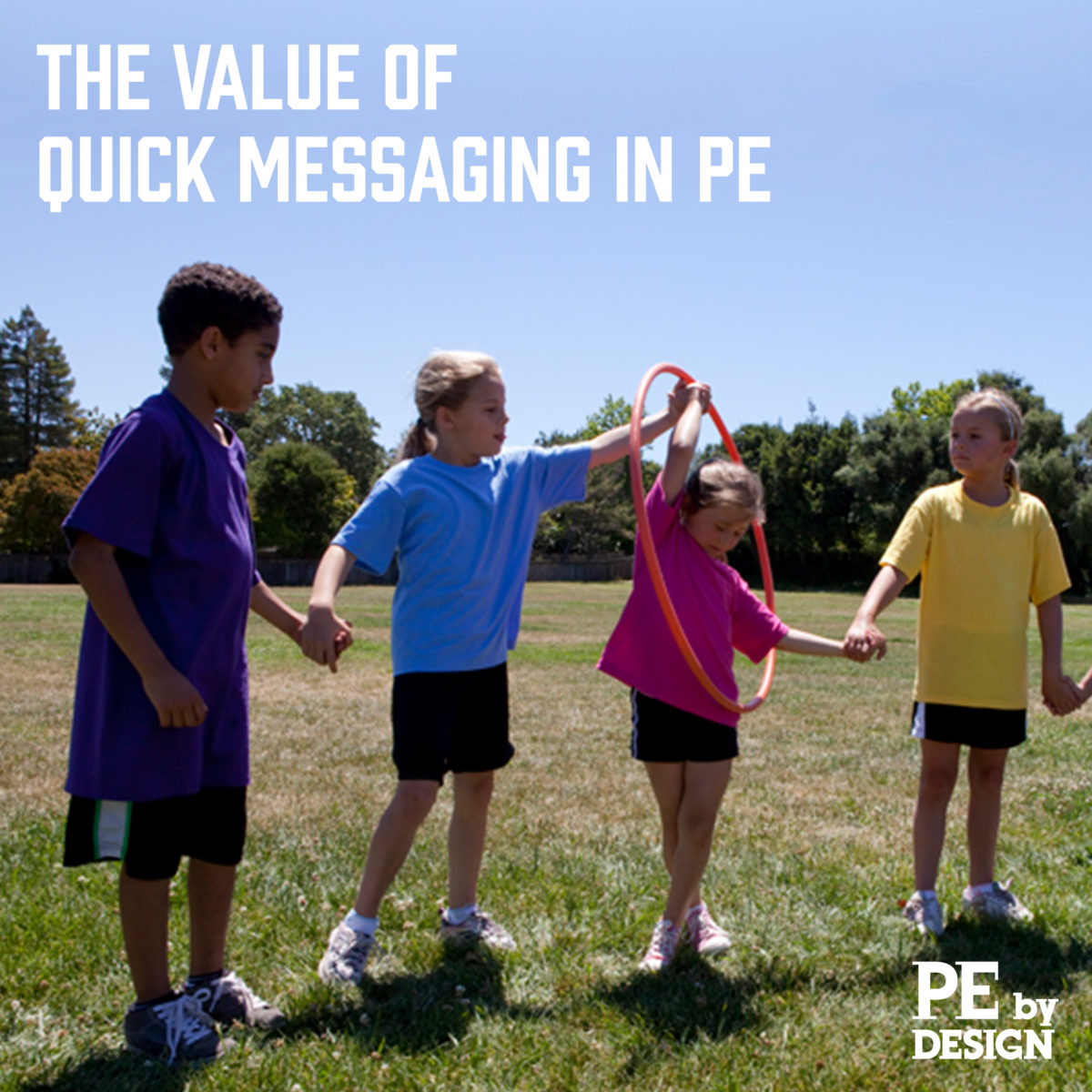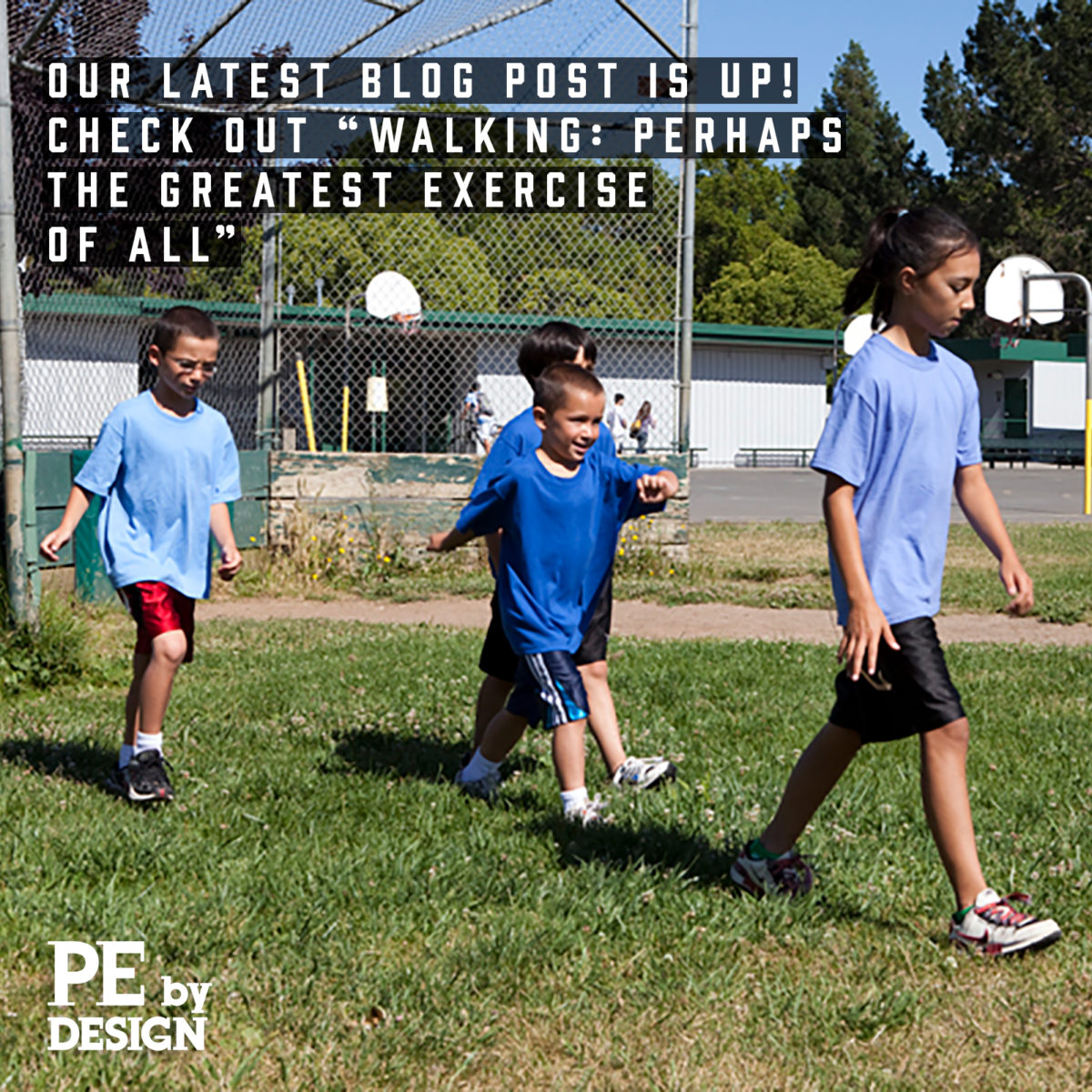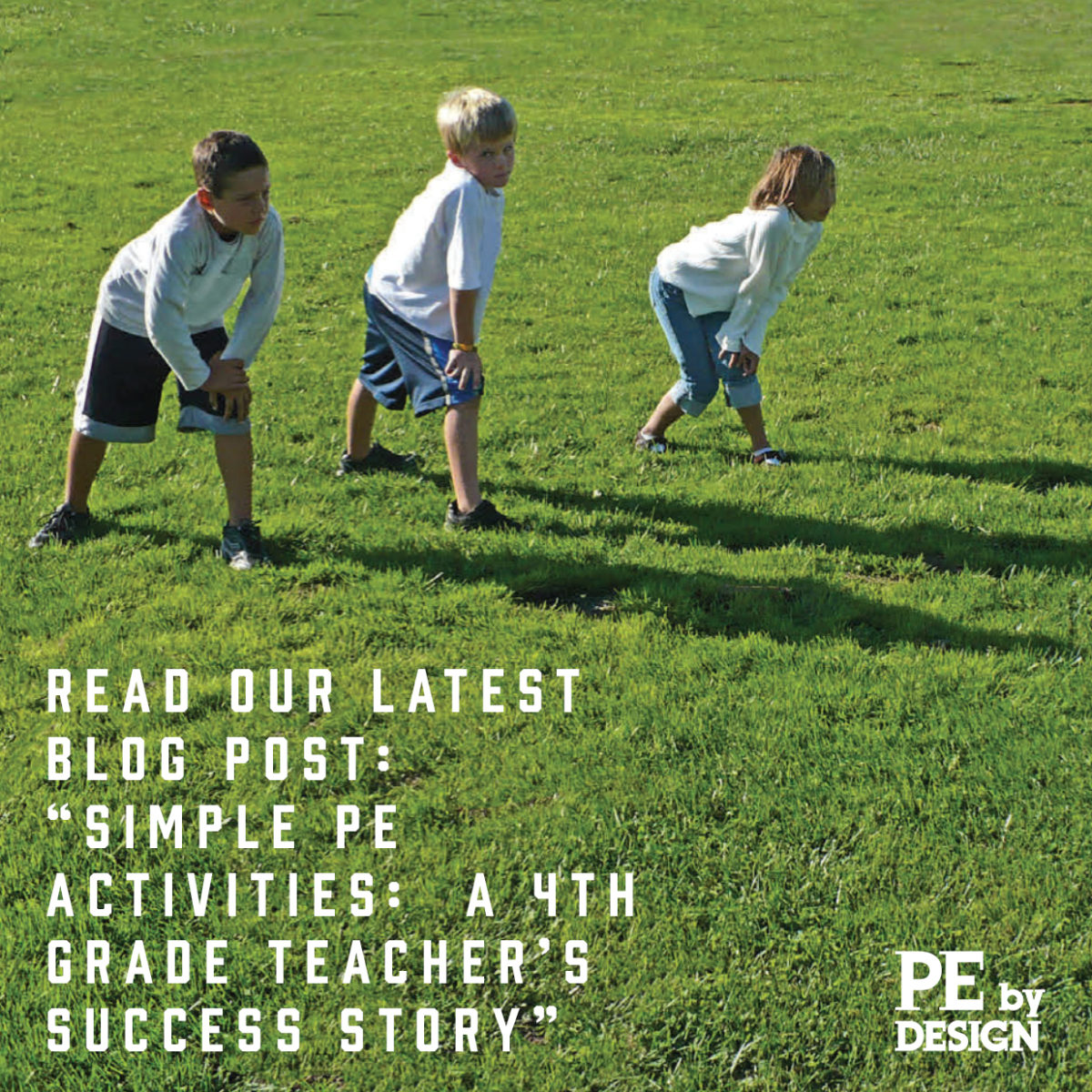Recently, during my presentation to the elementary teaching credential candidates at Dominican University of California, in San Rafael, a student asked me an interesting question: “What activities count as PE?” Where I teach, elementary schools are under increased scrutiny to meet California’s state PE requirement (200 minutes of PE instruction, every 10 school days). Increasingly, classroom teachers are being asked not only to meet those minutes, but also to document their activity choices and present the information to their administrators. The student who asked the question worried about teaching something she considers to be a valid PE activity and finding out later that her administrator disagrees.
Unless your district or school has a strict policy that calls for all PE activities to meet state and/or national PE guidelines, chances are there’s a lot of leeway in judging whether a PE activity is acceptable. To determine if something is a valid PE activity, ask yourself two key questions.
Does the activity involve instruction? Let’s say you set out some cones, simply tell your students to run, and then watch as they race around the cones for 10 minutes. That is a great activity in terms of fitness, but the amount of instruction is minimal. I would consider this a valid PE activity, but barely. What if you bring your students together at the end of the run and discuss the importance of running to their health, referencing the fact that children should receive 60 minutes of exercise per day? Now, you are adding a strong instruction piece to the activity. A lack of instruction explains why recess, in which children play freely without input from a teacher, is not regarded as physical education by most educators.
Can you reasonably argue that the activity is a valid physical education activity? This guideline is vague, I know. But deciding whether an activity counts as PE depends in part on whether you can make a strong case for its validity. When considering an activity, ask yourself these additional questions:
- Does the activity get my students moving?
- To what extent are my students interacting during the activity?
- Are my students working to develop specific fitness skills?
If the activity meets one or more of these criteria, then you’re probably OK.
For example, let’s say you bring out a set of beanbags. You demonstrate the proper form for an underhand toss, then you put students into small groups to work on tossing and catching. Would this count as a valid PE activity? I think it would. There is a strong instruction piece—teaching the form at the beginning. Though the beanbag toss is not rigorous physically, the students are developing physical skills (toss and catch). Additionally, they are developing social skills by working together in groups.
If you wonder whether the activities you choose are acceptable, talk with your administrator. They can alert you to specific PE considerations for your school or district, and they will appreciate your proactive step of seeking their feedback.

